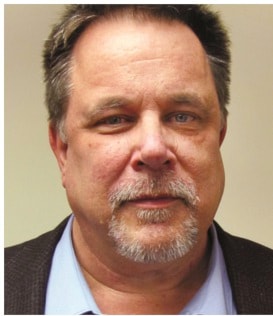Kelowna is getting ready to end child poverty.
Community Action Toward Children’s Health gathered concerned community members Tuesday at the Laurel Packinghouse for their National Child Day Event.
This year’s theme was working toward a poverty reduction plan for the Central Okanagan.
“Communities need to come together and address those issues that can be addressed at this level,” said Myrna Kalmakoff, community coordinator for CATCH.
“We need to encourage our provinces to adopt a poverty reduction strategy and our federal government to adopt a national poverty reduction strategy, but there is a lot we can do at the local level.”
Already, Kalmakoff said, there has been progress made toward that effort. CATCH started the conversation about creating a poverty reduction strategy a year ago, and they’ve done a lot of background work.
On Tuesday, Mark Holmgren, senior director at Tamarack Institute, was the man tasked with explaining just how to create that momentum.
Holmgren joined Tamarack in January 2016 to lead its Vibrant Communities initiative, which is an extension of work he’d undertaken in earlier incarnations.
He’s provided executive leadership to two Edmonton-based, inner city human service agencies focused on addressing poverty and homelessness; as well as providing consultation to a number of groups on issues relating to social housing development, organizational change, strategy development and leadership.
He also served as CEO of Bissell Centre, where he led a team of 130 staff delivering Housing First services, assertive street outreach, family and children services, and programs in the areas of mental health, addictions, homelessness prevention, FASD interventions, and employment services.
“For many years there was a feeling that government should take care of this issue, but poverty appears in every city, town, neighbourhood,” he said.
“We’ve been shown, with the work done with other communities, if they take charge of their situation things start to happen.”
The involvement of municipal governments puts pressure on provincial governments to chip in.
When community faith leaders and business leaders start looking at poverty, then the other power players start looking at it.
“Housing, transportation, unemployment a minimum wage, high school graduation… . we think there’s more of a potential to end poverty if there’s local drive to do it,” he said.
An example that came to mind was in Grand Prairie, AB, where members of that community joined together to address poverty issues and in the end they provided free public transit to those in need.
Similarly, in Edmonton, there was a mayor’s tasks force and they found a way to make public transportation accessible for very low income people.
“I think more people are struggling than we realize. There are lots of people who earn a wage that’s above the poverty line, but are living paycheque to paycheque,” he said, noting that the most recent survey by the Canadian Payroll Association found that 50 per cent of Canadians are just two paycheques away from losing their home or car.
“Canada has the largest percentage of low income workers in the world,” he said, and that has serious repercussions for future generations.
“If parents are working two jobs it’s hard to take are of their kids, if they don’t have the money or are struggling to get by.”
For more information go to www.catchcoalition.ca
